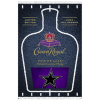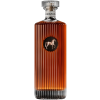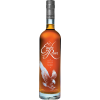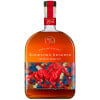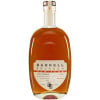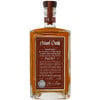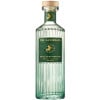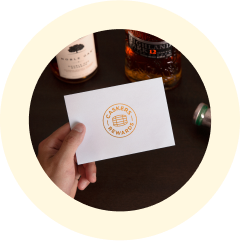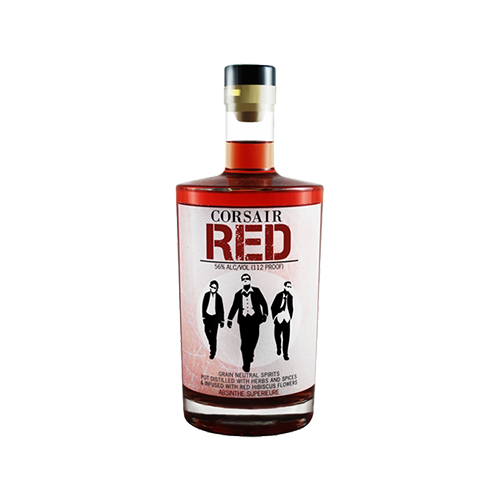About Corsair RED Absinthe
Absinthe, which is a spirit traditionally derived from grand wormwood, anise and fennel, has a long and colorful history. While its origins remain unclear, the use of medicinal wormwood dates back to ancient Egypt. In the 18th and 19th centuries, absinthe was distributed by the French Army to its troops as a cure for several digestive diseases, including dysentery and tropical fever. When the troops returned home, they brought their taste for absinthe with them.
Spurred by the temperance movement and winemakers, absinthe eventually became associated with hallucinogenic effects. One critic claimed that absinthe would "make you crazy and criminal,"and that it would "provoke epilepsy and tuberculosis." In 1905, Swiss farmer Jean Lanfray murdered his family after consuming considerable quantities of wine, brandy and two glasses of absinthe. While Lanfray had a history of alcoholism, Swiss teetotalers seized the moment and passed a referendum making absinthe illegal. Similarly, absinthe was prohibited in the United States for nearly a century; from 1912 until 2007, absinthe was not allowed to be consumed on American soil.
Corsair RED Absinthe is a unique interpretation on the classic green spirit. "Our company got going about the same time the U.S. ban was lifted, so it was one of those things where we said we could make a little and people would come and want to know about it," says Andrew Webber, the co-founder of Corsair Artisan Spirits. "It's one of the most uncommon absinthes made in the world, so people have found use for our product, and it has its own uses in mixology."
Corsair RED is made using traditional absinthe ingredients, but is tweaked with some unusual additions, including citrus, tarragon, dragon wormwood (a relative of grand wormwood) and red hibiscus flowers. "We think of a good spirit as something like a musical chord made up of several notes," says Webber, noting that Corsair originally envisioned creating a more traditional absinthe. "Our early batches were missing a note in the chord. But when we added hibiscus, everything clicked." The hibiscus flowers give the absinthe its unusual red color, and add a floral note to the palate that is complemented by tangy citrus, herbal undertones and a spicy, peppery finish.
Once the absinthe has been distilled, each bottle is filled, labeled and boxed by hand — Corsair's small operation has no mechanized components. "We make less in a year than a big distillery spills in a day," says Clay Smith, Corsair's distillery manager. "Our products are extremely small batch, meaning that our largest run is 550 bottles."
Pick up one of the most unique absinthes made today!
About Corsair
"I'm an avid whiskey lover," says Darek Bell, master distiller at Corsair Artisan Distillery in Kentucky, "but I do think whiskey could be better. Different. More interesting. More imaginative." Bell, a graduate of the Bruichladdich Distilling Academy in Islay, Scotland, is a mad scientist and notoriously experimental distiller. Since opening its doors in 2009, Corsair Artisan Distillery has received numerous accolades and awards, including being named the 2013 Craft Distillery of the Year and 2013 Innovator of the Year by "Whisky Magazine".
"When you look at the palette the distilling world uses, the paints typically consist of corn, rye, wheat and malted barley," explains Bell, a former homebrewer. "Contrast that to craft brewing, where brewers use dozens of malts and adjuncts. With distilling, I think like a brewer: the better the ingredients you put into the whiskey, the better it will be."
About Other Spirits
We understand that some people are explorers at heart, and the classics just won't cut it.
For those people, many other unique spirits are not listed in the main categories but are still worth the mention, such as absinthe, aperitivos, and other Special spirits.
You're welcome to check our excellent special spirit selection, find your favorite in the Top 10 list of other spirits, or explore the Best other spirits under $50.
